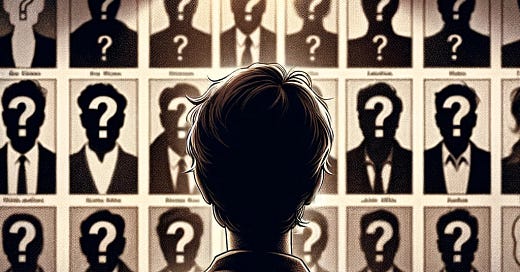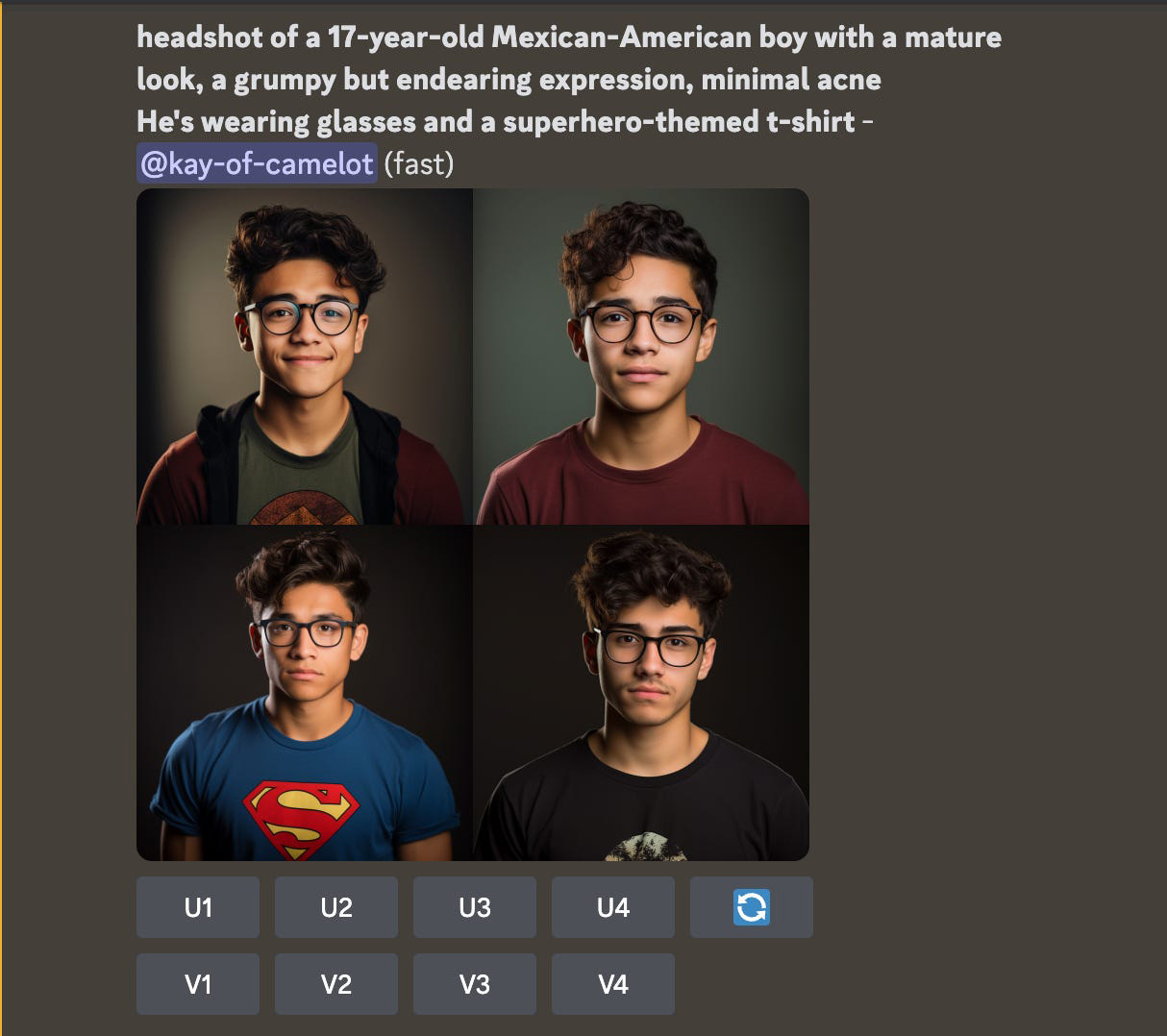No. 3: What the SGE Movie Taught Me About My New Novel / Part I
I’ll never look at casting the same way again…
As a good many of you will know, The School for Good and Evil was turned into a colossal movie from Netflix about a year ago, with a starry cast, enormous budget, and a commitment to an original fantasy that we rarely see onscreen anymore.
In machinery that big, the author can only have so much say and I weighed in where I could, but bottom line: I was thrilled to have the film expand the audience of the books and renew its relevance to a new generation. Truth is, ten years after their release, the SGE books are selling better than ever and I give the movie plenty of credit for this.
If I was a calculated mercenary, then, I’d just keep writing SGE and fairy tale books and devise more movies and spin-offs. But unfortunately my heart and soul cares nothing for material rewards. Instead, it pitched me on this wildly ambitious new book that kicks me in the nuts every day… and yet has also pushed me to raise my level again, again, again. (See my previous entry for more on how this new book came to be.)
But going back to the SGE movie, it was a stirring lesson in how to think about this new novel.
Specifically, what would a movie version of it look like?
Not because I need or want that to happen — might as well do a rain dance or pray to win the lottery — but because it can help sharpen key aspects of the book. Aspects which I’ll be tackling in a series of these diaries about how writing and adaptation can go hand in hand.
Starting with casting.
For this new book, I can see the characters in my head quite clearly. The level of clarity continues to evolve through drafting and revision. But having had a movie made of SGE, that threshold for that clarity is now very, very high. So I continually ask myself: are my new characters so flesh and blood that they would easily come alive onscreen? Would movie producers converge on the same fantasy casting for the parts, (not looks necessarily, but in spirit)? Could actors mimic their tenor of speech? Could costume designers easily sense their taste of fashion? If not, what am I missing in my storytelling that communicates who this character, what they want, and how they go about getting it, both physically and emotionally?
In SGE, Sophie, Agatha, Tedros, and other characters were so lucid on the page that fan-art eerily replicated my imagination, again and again for the past decade.

Receiving fanart of any of my work is such a gratifying, emotional experience because… I can’t draw. So fanart is really the first time I get to see characters come to life visually and in color, other than the official illustration that comes with the books.
With this new novel, I have that same level of clarity of character, especially since I’m a year into writing the book. But I also wish I could *see* the characters come alive. Not for any official purposes, not for anyone else to see or use or comment on… just as an experiment to shake up my writing process and intensify my own creative flow.
So I began thinking…
What about AI?
There’s a *lot* to say about Artificial Intelligence and the ethics of it – i.e. what rights should artists have, who should reap the profits, how we deal with its inevitability, and plenty of other thorny questions which I’ll save for a future entry. To be clear, I don’t approve of AI as a replacement for public-facing art and commercial use. But as a private research tool for character work, just for giggles and kicks… it is damn cool.
Let’s take a supporting character from my new book. Freddy, a 17 year-old high school senior in my new book. I knew I wanted a trash-talking, foul-mouthed, comic-book-obsessed nerd who was equal parts cynical and lovable. (Sample dialogue: “Not now, Turbo Twink!”) But what would Freddy look like in real life? In the old days (i.e. before six months ago), I’d have to rely on mood boards and fantasy casting and actor approximations to supplement my imagination, given I can’t sketch more than a stick figure.
I’m also very bad with technology, so I wasn’t sure where to start with AI either. But here’s where I can wave a white flag and say the magic words… “Jun, help!”
Note to those who don’t regularly follow me and instantly recognize the name Jun…
Jun Sekiya is my once-assistant, now lead executive of all parts of my creative world, and my Gen-Z-in-Chief.
You’ll hear from Jun in future diary entries, but in the meantime…
Back to Freddy and AI –
Once I have the character’s physical descriptors and clear qualities fully nailed down, Jun can start generating avatars for him.
Here were some first draft prompts, for instance:
“headshot of a 17-year-old Mexican-American boy with a mature look, a grumpy but endearing expression, minimal acne. He's wearing glasses and a superhero-themed t-shirt”
And here were the results:
First of all, OMG. How is this even possible? A few clicks and boom… real, fake people in the spirit of my character. Cool? Yes. Creepy? Extremely. At the same time, though… they aren’t quite right. Freddy would answer to none of these. Too young (apparently AI has all kinds of problems with age??). Too un-specific. Too… dead-eyed and vacant.
So that’s where we keep sharpening with adjectives and descriptors. It’s time-consuming, since AI is often completely nonsensical (sometimes the glasses are upside down or his moustache is on his chin or other weird glitches), but the trick here is patience and persistence, messing with ages, messing with words, pushing to get Freddy’s balance of acid and dormant sweetness just right —
headshot of a nerdy and stubbly Mexican-American teenage boy, about 20, with the beginnings of a beard, wearing glasses with grumpy but endearing scowl, on a neutral background, dressed in a superhero themed shirt, for example Captain America or Spiderman
And that generates more and more possibilities, until eventually… voila!
There he is!
A version of Freddy. No version will ever truly match my imagination, but this is certainly more interesting than me sketching a very bad stick figure or making a mood board. Especially when we do it 30 more times for the other characters in the book and look at a panorama of faces together. A whole new, young world come to life.
Despite the eeriness of all this, I remind myself that it’s just for my own writing lab (and this diary, where I give you a peek under the hood and I promised to hold nothing back). And because of this simple experiment, when I write Freddy now, I feel like he’s more specific and sharp, if only because I’ve seen a “human” version of him. Not only that, but because I have photo potentials of all the characters he interacts with, I can also sense whether a scene is cooking with the level of drama and intensity that it would have in real-life. This simple artificial tool, then, gives me an enhanced ability to test authenticity in a way I’ve never had before. Ironic, isn’t it?
BIG CAUTION, though — I go down this route well into the writing of the book. (In this case, more than halfway.) First, my imagination has to generate the character on the page, day after day, month after month, until the character feels 100% stable and alive inside of me. Only then can I make the leap and consider a flesh-and-blood avatar for this fun little experiment. If I were to do this exercise too early, I might get taken with a cooler-looking version of the character and start writing to that version, rather than what’s organically inside of me — which is absolutely fine and there’s nothing wrong with that for a while… but it would inevitably lead to a dead-end and me having to retcon back to the imagined character that inspired me in the first place.
I’m so curious if other writers and artists are doing this. Have you ever tinkered with AI versions of your characters as an experiment? Or AI in any form? Tell me about your experiences — and your emotions around it! — in the comments below!









Hi , Soman! I'm currently working on my own book (I must say , this is the fourth time rewriting and the one that I'm working on right now is the best) and I was wondering if you have any tips for me and those other teen authors out there!
The inspiration for writing came a long time ago , when I was in the 2nd grade. I used to buy notebooks and make a whole story that I always called "a book".
I took a long break until the start of the 4th grade when I discovered "The school for good and evil ". After I read the first book , years pasted and I finished the whole series along the Fall and Rise but recently I've finished "Beast and beauty".
I'm now in the 8th grade and I still haven't gave up on my dream of becoming a teen author and I'm proud! 🫶🏼
When you wrote the prequels, which character did you most relate to/find the easiest to write, if any? Did it feel strange writing an SGE book without Sophie, your purported favorite?